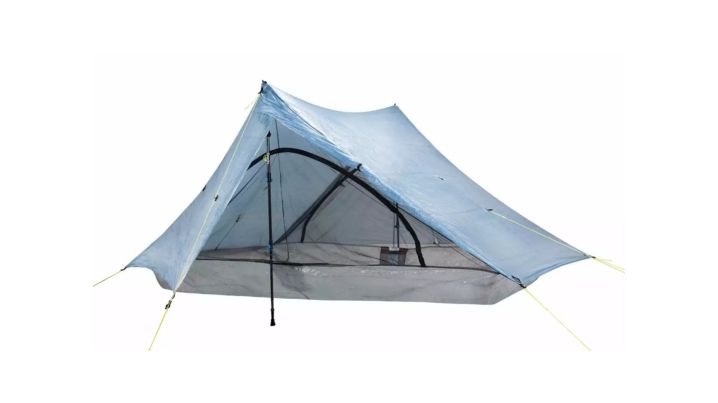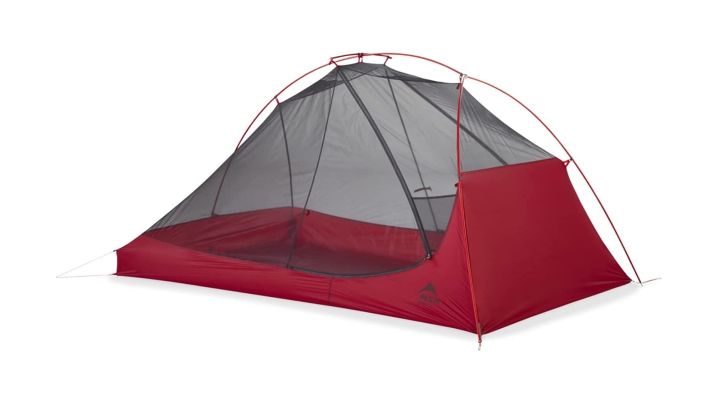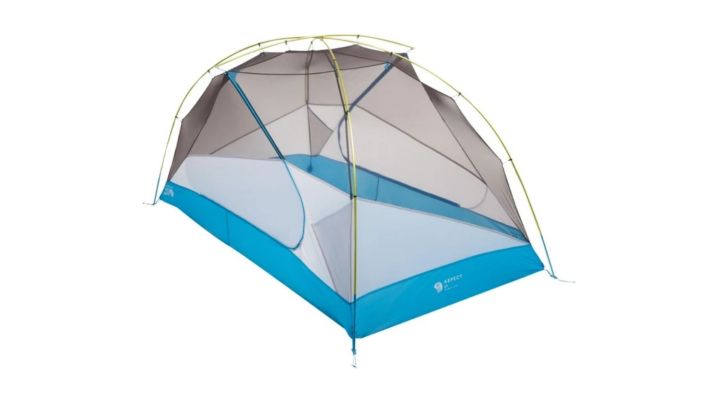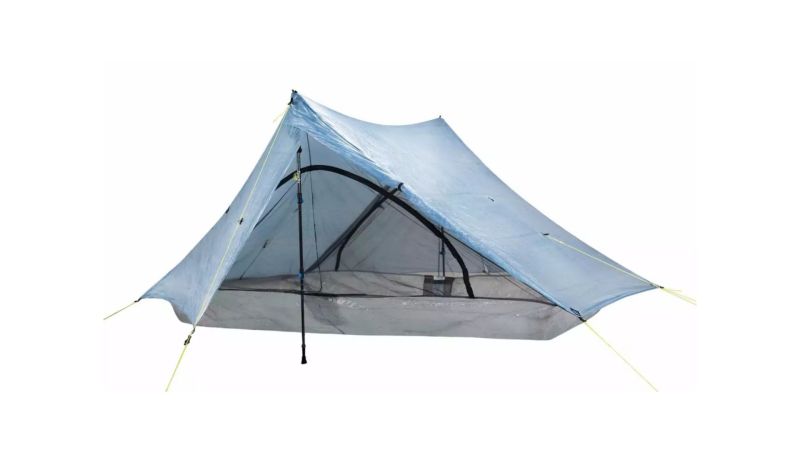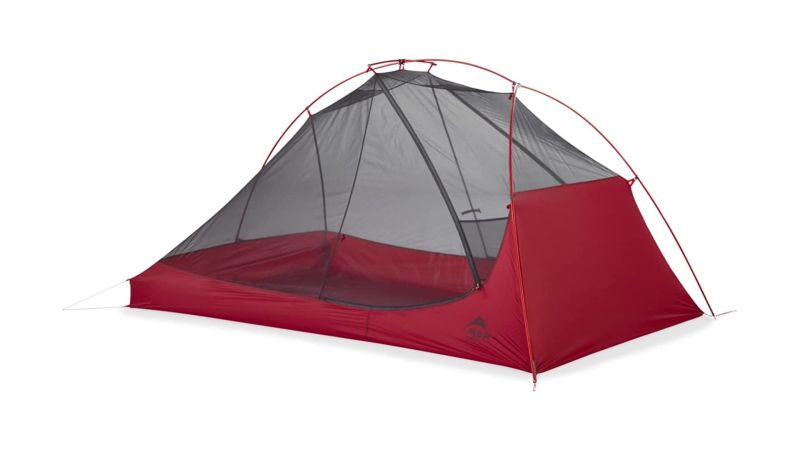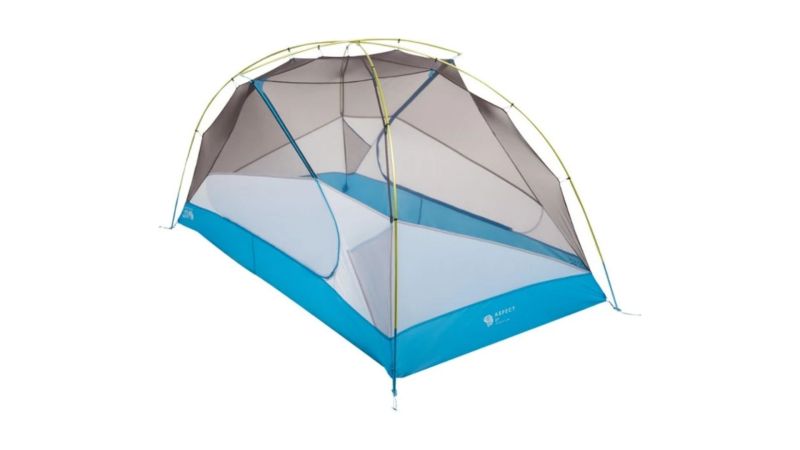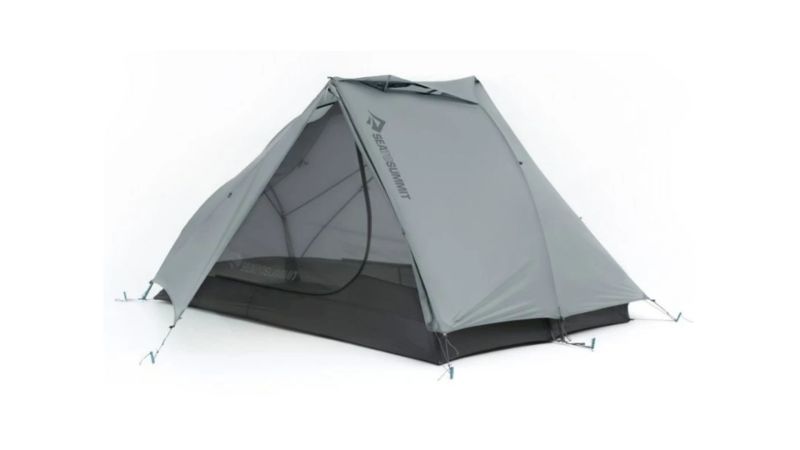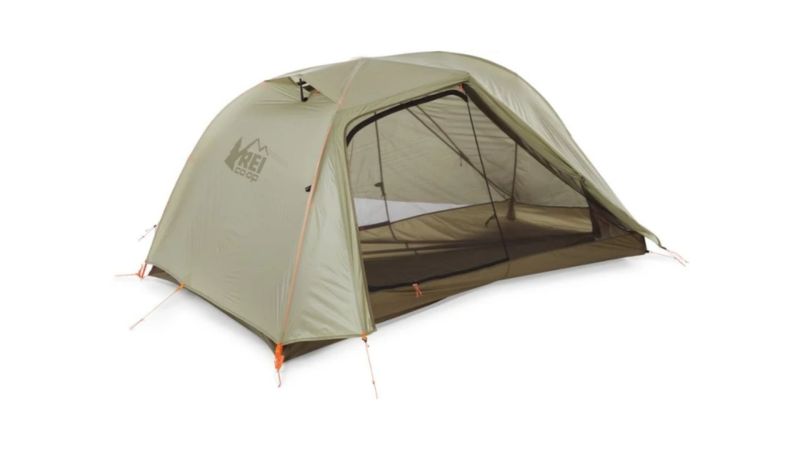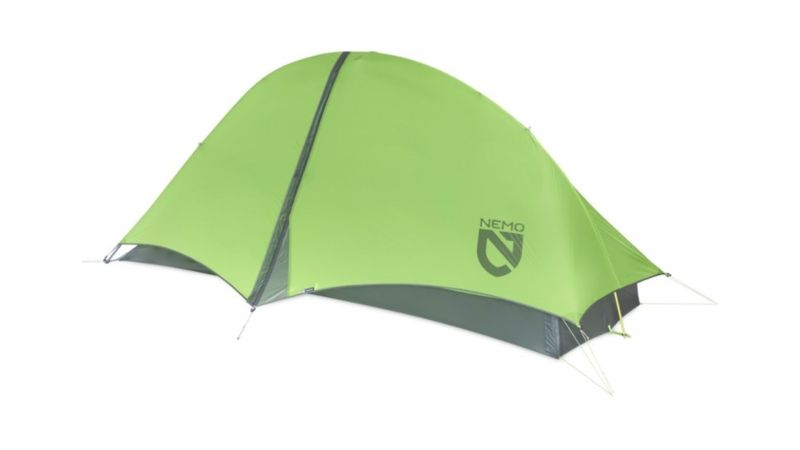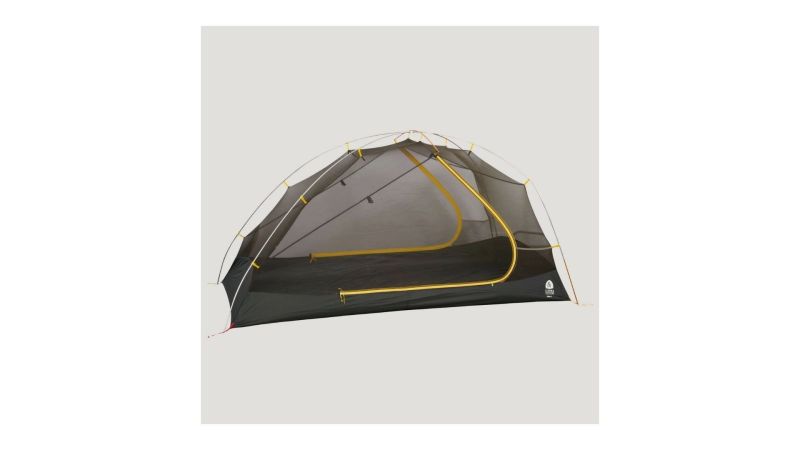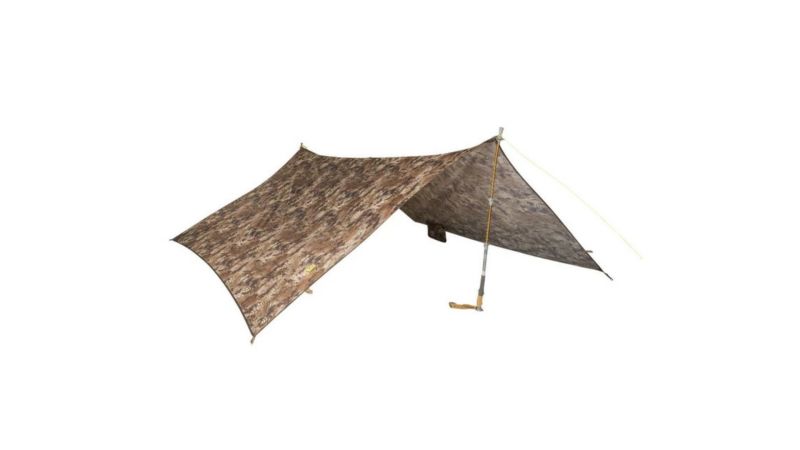We may earn revenue from the products available on this page and participate in affiliate programs.
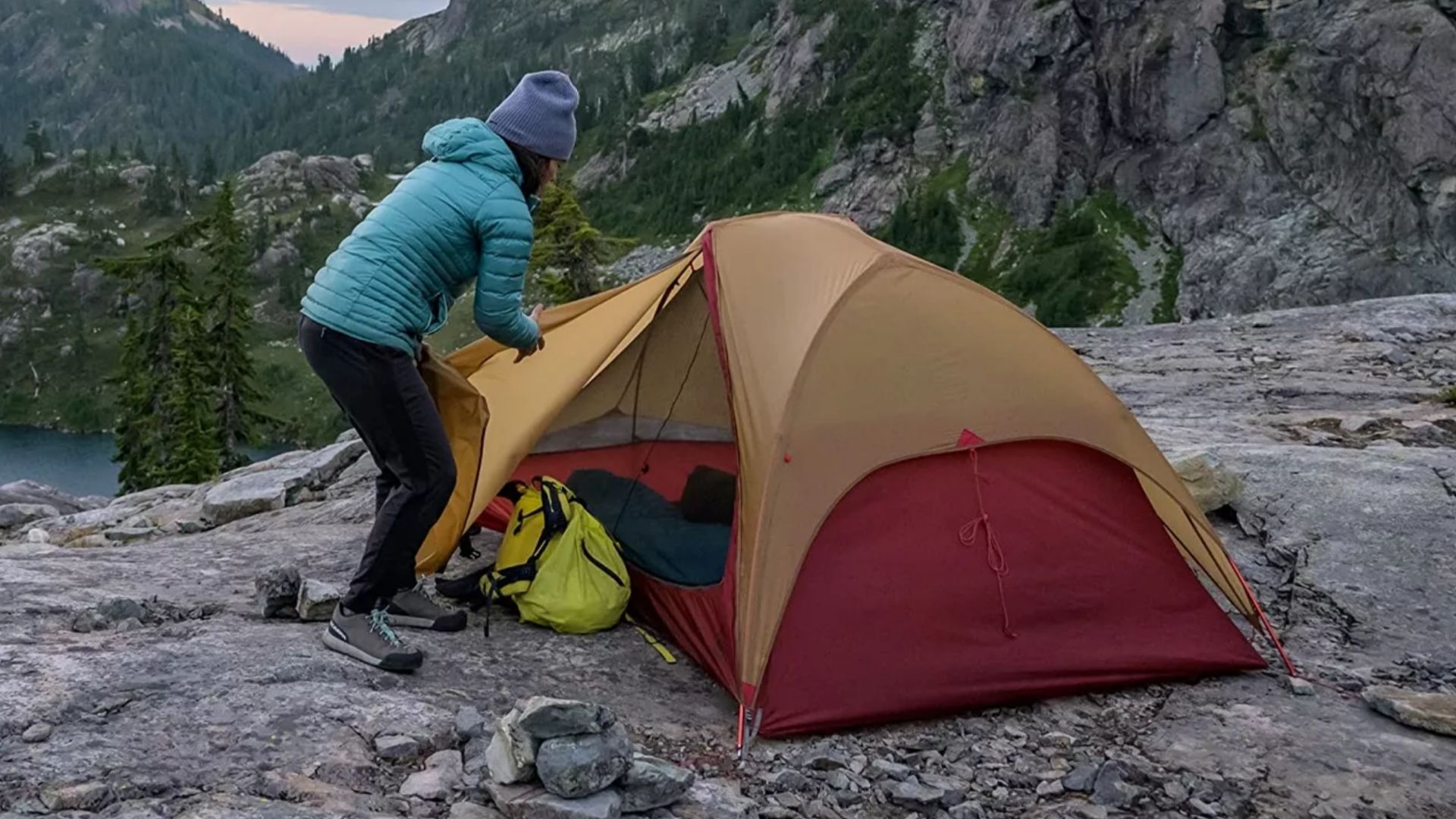
When traveling to the backcountry, a dependable lightweight backpacking tent is imperative, but if you are hiking long miles over multiple days, an ultralight tent becomes extremely desirable. An ultra-lightweight backpacking tent is more than just a dry and comfortable place to sleep: it’s a key piece of survival equipment.
When the weather turns unexpectedly wet, cold, and windy, a good tent can mean the difference between life and death. Tents are also among the heaviest items in a backpack. They rank among the “big three” in terms of weight — the backpack itself, your sleep system (bag and pad), and your shelter — so it makes sense to find the lightest option that meets your needs and budget. When traveling long distances through the wild, the lighter your load, the more energy and enjoyment you’ll have.
With these goals in mind, we’ve put together a list of some of the very best ultralight tents on the market. Read on to find out which one best fits your needs.
- Best Two-Person: ZPacks Duplex Tent
- Best Semi-Freestanding: MSR FreeLite 2-Person Ultralight Tent
- Best Freestanding: Mountain Hardwear Aspect 2 Tent
- Honorable Mention: Sea to Summit Alto TR2 Two Person Ultralight Tent
- Best Value: REI Quarter Dome SL2
- Best Solo: Nemo Hornet 1 Tent
- Most Spacious: Sierra Designs Meteor 2
- Best Under $100: SJK Satellite Tarp
Best Two-Person
ZPacks Duplex Tent
Best Semi-Freestanding
MSR FreeLite 2-Person Ultralight Tent
Best Freestanding
Mountain Hardwear Aspect 2 Tent
Honorable Mention
Sea to Summit Alto TR2 Two Person Ultralight Tent
Best Value
REI Quarter Dome SL2
Best Solo
Nemo Hornet 1 Tent
Most Spacious
Sierra Designs Meteor 2
Best Under $100
SJK Satellite Tarp
Things to consider before buying an ultralight tent
Ultralight
Ultralight (UL) is synonymous with trade-offs. Because UL tent designers prioritize the fewest ounces, they frequently use thinner, higher tensile and more expensive materials. While these tents can be very light in the pack, they also tend to be less durable, more prone to punctures, and less durable than heavier, freestanding backpacking and mountaineering tents.
Some users also find them to be less roomy and have fewer internal gear organization pockets and other nice-to-have features. Many are also insanely expensive. So the first question you should ask is if you really want one of the lightest available tents on the market. If you are going long distances over multiple days, that answer might just be yes.
Single- or double-wall
Ultra-lightweight tents typically come in single- or double-wall designs and are also semi- or fully freestanding.
Single-wall tents, like the ZPacks Duplex, tend to be lighter because there’s no fly for the tent, and hence extra material, but they also have more condensation and ventilation issues.
Double-wall tents have a main tent body of mostly mesh and a fly that sits over it. Because they use double the material to enclose the system, they are a bit heavier, but they also provide much better ventilation and less condensation inside the tent.
Semi- or fully-freestanding
Single- and double-wall tents come in semi- and fully-freestanding variants, generally determined by the tent pole design. With semi-freestanding tents, the poles alone are not enough to keep the tent upright and fully expanded, requiring the use of stakes and guy lines. Fully-freestanding tents typically use more poles, and thus are heavier, but can stand on their own without requiring stakes or guylines.
Number of doors
Besides tent poles, stakes, and fly and tent body fabric, door zippers are another area of concern when it comes to weight. The fewer zippers, the lighter the tent, but the fewer doors, the more inconvenient it is when there are two or more people in the tent. When in a two-person tent, it’s preferable that each sleeper have their own door, otherwise one person will be crawling over the other to get in and out and disrupting their sleep. After multiple days, that gets really annoying, and you’ll wish you had a two-door tent. Two-door tents typically have two matching vestibules which conveniently allows each backpacker to have their own dry storage area external to the tent floor for their boots and backpacks. Having two vestibules helps keep things organized, as well.
Square or tapered floor plans
When you look at the tent design, check out whether the floor plan is square- or diamond-shaped. A square floor plan will typically provide more interior space, but will also weigh a bit more. They are also more versatile in that you can have your sleeping bags oriented head-to-head or head-to-toe. With tapered floor plans, both campers typically have their heads at the same ends and feet at the other. They also tend to weigh a bit less.
Tarps
A-framed tarps are some of the very lightest options, but they also tend to lack floors and have two open ends. This can be problematic in rainy and windy conditions. They also typically lack bug mesh, so they’re not ideal in mosquito country. Some folks love them because they’re so light, but they’re not my jam for a primary sleep shelter.
Fabrics
UL backpacking tents tend to be made from coated polyester, ripstop nylon, or cuben fiber, and the thickness is designated by Denier (D). Light tent wall fabrics are about seven to 15D, and floors tend to be thicker at 30D to 70D to resist punctures and keep everything watertight. By comparison, the thickness of a single human hair is about 4D.
Cuben fiber is at the top end of UL fabrics and is usually marketed as Dyneema. It offers the highest strength-to-weight ratio, and it’s also fairly durable and waterproof. Dyneema is about 70 percent lighter and 400 percent stronger than Kevlar — it’s tough stuff. It’s also insanely expensive (think $700 for a two-person tent) and pretty noisy — it sounds like you are sleeping inside an old crinkly Doritos bag. It also doesn’t stretch, so once you set your guy lines, you won’t have to tighten them.
Poles
Tent poles can be the heaviest part of the system, which is why UL tent designers tend to like semi-freestanding tents because they use fewer poles than fully-freestanding ones. Most tent poles are made from lightweight aluminum, while some are made from more expensive but lighter carbon. Some tent designs require the use of trekking poles, which can be really efficient if you use trekking poles.
Stakes
Pay attention to the design and weight of tent stakes, especially with a semi-freestanding tent. Look for the lightest stakes that provide you with the security you need. Tent stakes are usually made from angled aluminum, while others are made from aluminum wire, titanium, or carbon. I prefer the tri-flanged aluminum stakes in a six- or seven-inch length. You want a tent stake that’s not going to bend or shatter when you are beating it into the ground with a rock.
FAQs about ultralight tents
Q: How much should an ultralight tent weigh?
A: There is no hard and fast definition to this, but I consider any tent below three pounds to be an ultralight tent. The average weight of a UL tent tends to run between two and 2.5 pounds, with some of the very best coming in around 1.5 pounds or less.
Q: Should I buy an ultralight tent?
A: If you are doing three or more days on the trail covering more than 12 miles per day, you should consider an ultralight tent. You’ll really appreciate the reduction in overall pack weight. Remember: Your pack, sleep system, and shelter are typically the heaviest items in your pack and the place to look for the most weight reduction.
Q: Should I get a single- or double-walled tent?
A: I prefer double-walled tents in more humid climates because they control condensation better. In drier climates (mountains and deserts), I prefer single-walled tents because they are lighter and typically faster to set up.
Q: How should I pack an ultralight tent?
A: UL tents pack much the same way as regular backpacking tents. Typically, I separate the poles from the tent body and fly, pack the poles vertically in my backpack, and stuff the tent and fly into the bottom. If you are hiking with a buddy and have a two-person tent, have one person take the tent body and the other take the poles and fly to divvy up the weight.
Final thoughts
When it comes to top-end premium tents, it’s hard to beat the ZPacks Duplex, but that tent can also break the bank, so choose wisely. Sure, it’s the lightest tent body we reviewed, but when you add in the weight of the trekking poles and the tent stakes, and the freestanding kit, the weight bounces up to where other two-plus pound tents can compete at a lower price point. While it’s the best premium tent we reviewed, I feel there are other great options for hundreds of dollars less, like the Sea to Summit Alto or MSR FreeLite.
Methodology
All the ultra-lightweight tents in this review were selected based on personal ownership, hands-on inspection, interviewing other experts, and thoroughly reviewing manufacturers’ specifications. We took our time to get to know the strengths and weaknesses of each item, and also read the reviews of other experts just to make sure we’re not missing anything.
For this review, we considered more than a dozen makes and two dozen models. To make the cut, the system had to be below three pounds and be fully enclosed with a floor and bug mesh walls. To compare similar products, we looked at two-person models with the sole exception of the best solo tent and best tarp. I also tried to choose a mix of both fully-freestanding and semi-freestanding tent structures and both single- and double-wall tents, as well. For the test and evaluation, I focused on ease of use (by setting it up without the instructions for time), material quality, overall weight, spaciousness, and efficiency of design.
When researching the best ultralight tent, I based my criteria on my own experiences using outdoor gear in the field for more than 35 years. I’m very familiar with the major manufacturers of outdoor equipment, know their reputations, and have a sense of their customer service — which is also super important. I also spoke with other people who spend considerable time outdoors for their thoughts, as well.
After gathering enough high-performing products for a best-of article, I racked and stacked each based on their attributes, design, and performance. My bias is towards the lightest, best-functioning, and lowest-cost solutions available. We don’t torture test gear here at Task & Purpose — we test within normal usage limits. When gear does fail or break, we contact the manufacturer to see if and how it stands by its products. I also looked at how easy the gear is to maintain or repair in the field — the simpler, the better.
